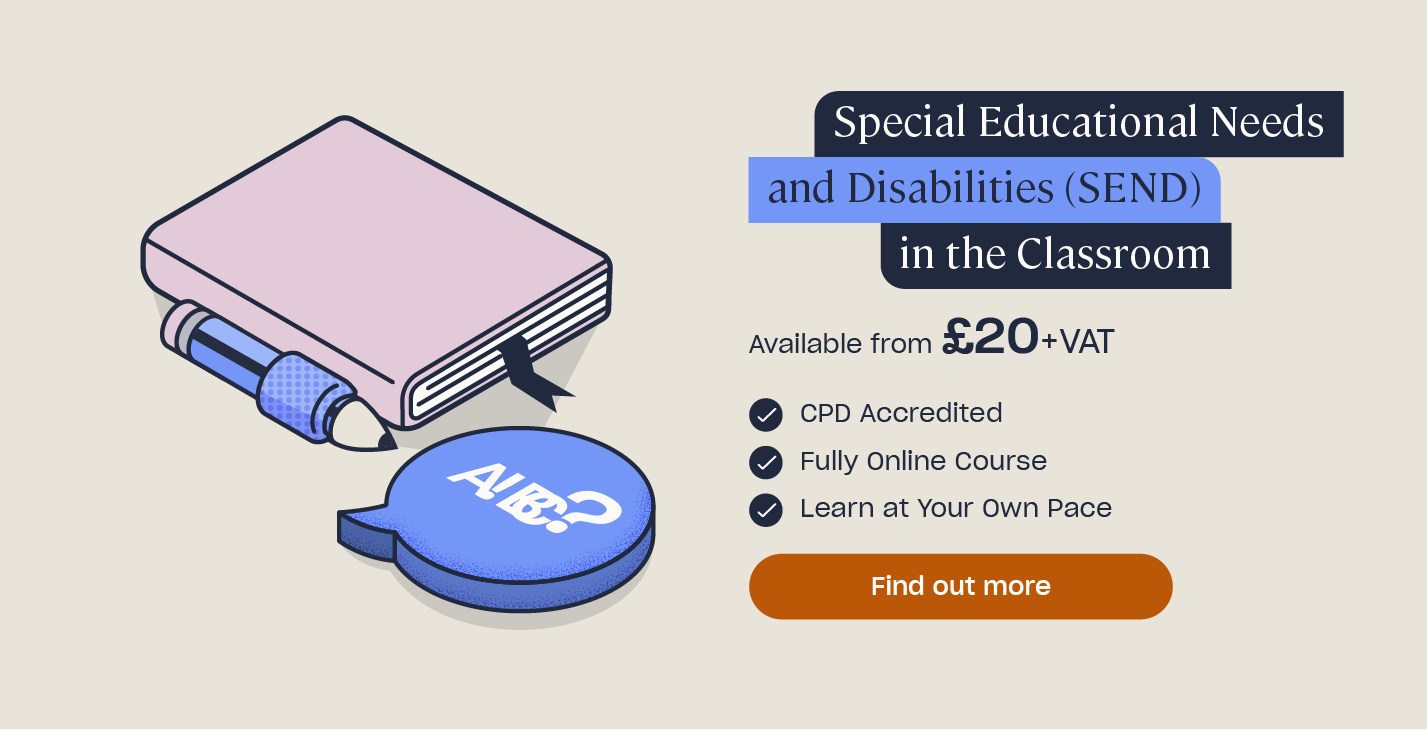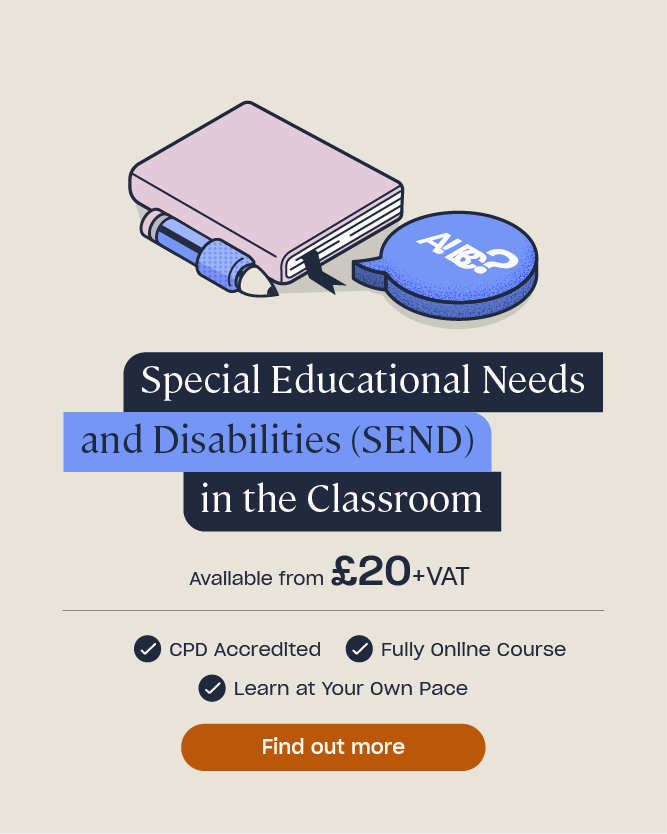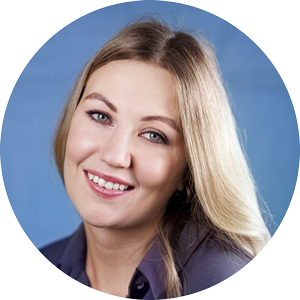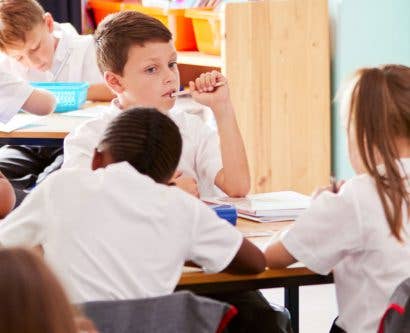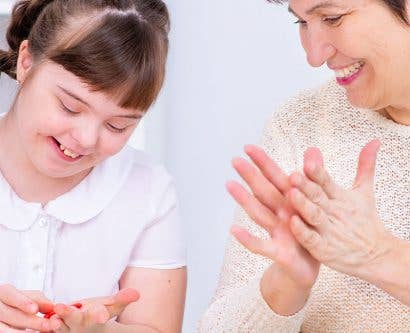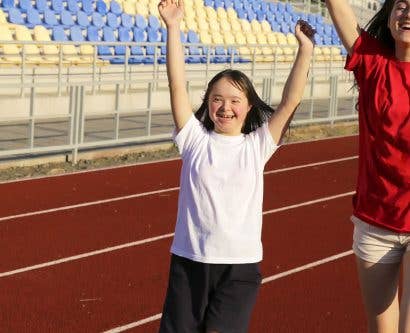What are Specific Learning Difficulties (SpLDs)?
Around 150,000 children in England received SEN support for a Specific Learning Difficulty (SpLD) in 2020/21. Yet there still remains a lack of understanding across society regarding how to identify, assess, and support children with Specific Learning Difficulties (SpLDs).
In this article, we will provide a definition of Specific Learning Difficulties (SpLDs), detail some common SpLDs, outline some of the signs which may indicate a child has an SpLD, talk about SpLDs and neurodiversity, and explain how to carry out an SpLD assessment.

What Does SpLD Mean?
A Specific Learning Difficulty (SpLD) is a neurodevelopmental disorder that often affects a child’s ability to receive, process, and recall information. SpLDs are differences which impact certain areas of learning, namely reading, writing, spelling, and mathematics – such as dyslexia or dyscalculia. The term is used for a range of learning difficulties where not all aspects of cognition and learning are affected.
Children experience SpLDs on a continuum ranging from mild to severe. Mild difficulties are often experienced when the child has challenges in one or two areas – which can often be managed through in-school Universal Provision and high-quality teaching – or adaptations to it. It can be much harder to identify SpLDs when they are experienced mildly, which can limit diagnosis opportunities. If the difficulties are moderate, the child may need interventions and specialist support in school. Where a child experiences severe difficulty, they will often be supported by outside agencies and receive intensive interventions. Schools will assess individual children’s needs through the Graduated Approach cycle of Assess, Plan, Do, Review.
Everyone with an SpLD will have a different profile, but these characteristics tend to be observed across the range:
- Working memory difficulties – a more limited capacity than is typical for their age.
- Time management difficulties – struggling to tell the time, or a poor sense of time.
- Organisational issues – not having the right equipment, not going to the right room, struggling to plan, etc.
- Sensory processing differences – affecting one or more senses.
Children with SpLDs may experience difficulties in their learning, but they can also experience many strengths, such as creativity and innovation. Some children with SpLDs will require little to no support and can be exceptionally high achieving – they might easily learn those supportive tools and strategies which will help them to achieve and excel. Conversely, some children with SpLDs might experience severe difficulty and have co-occurring special education needs and/or disabilities.
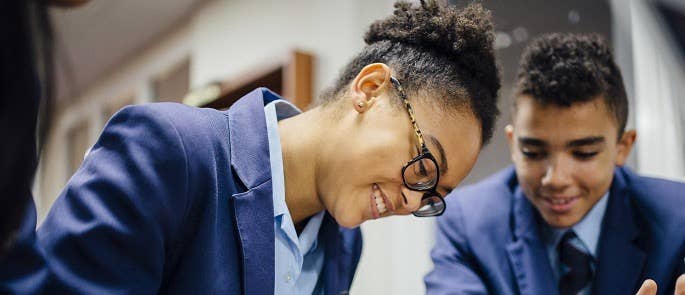
What are Specific Learning Difficulties (SpLDs?)
As we’ve discovered, Specific Learning Difficulties (SpLDs) are differences with some particular aspects of learning. Let’s now take a look at three common SpLDs that children and young people may experience.
Dyslexia
Dyslexia is one of the most common SpLDs, with around 10% of the population being affected to some degree – 4% more severely (NASBTT/NASEN, 2020). Those with dyslexia usually have difficulties with aspects of literacy, particularly reading and spelling.
You can find out more about the signs of dyslexia here.
Dyscalculia
Dyscalculia refers to a specific difficulty with numbers (rather than maths in general). Although less research has been done into this SpLD, the consensus of the research is that about 5% of the population may be affected (Chinn, 2021).
You can find out how to support a child with dyscalculia in the classroom here.
Dyspraxia (or Developmental Coordination Disorder (DCD))
The internationally agreed term for this SpLD is Developmental Coordination Disorder (DCD), although in the UK, we tend to use the term ‘dyspraxia’. This affects up to 10% of the population, with approximately 2% being severely affected.
People with dyspraxia experience difficulties with fine and/or gross motor coordination. They may experience challenges with balance and movement, and can have poor spatial awareness.
You can find out how to support a child with dyspraxia in the classroom here.

How Can I Recognise If a Student Has a SpLD?
Every child who experiences SpLDs will have their own unique profile of strengths and weaknesses. However, there are some common signs to look out for which may indicate that a child has a SpLD. The child might:
- Find it difficult to take in too much in one go.
- Skip words when reading.
- Spell words incorrectly very often.
- Articulate themselves differently when writing and speaking.
- Avoid having to read aloud in class.
- Have difficulty comprehending what they have read.
- Struggle to understand new vocabulary.
- Struggle to create well-structured sentences.
- Mispronounce words.
- Have difficulty remembering information and instructions.
- Struggle with handwriting.
- Have trouble with organisation and getting to where they need to be.
- Experience difficulties when copying and drawing.
- Be easily distracted and/or overstimulated.
- Become easily overwhelmed.
If they are not supported effectively both in school and at home, children with SpLDs may also experience low self-esteem as a result of their difficulties. Not being able to access their class work, comparing themselves to their peers, and potentially always ‘feeling wrong’ can have a huge impact on a child’s personal and social development. This may impact their mental health and can lead to the child presenting with challenging behaviour.
Online Education Training
Find out more about topics such as SEND in the mainstream classroom and challenging behaviour through our range of accredited and certified online training. You can access our full course library here.
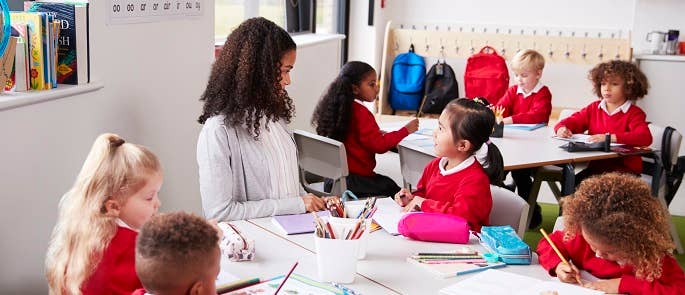
SpLDs and Neurodiversity
Neurodiversity relates to the range of differences in brain function and structure. It is the view that these differences are a normal aspect of human variation, and should be celebrated. Neurodiversity doesn’t see an ideal brain function and structure; it instead celebrates the many differences that exist within it, and the many wonders these differences offer the world.
The term applies to everyone with neurological differences, including those with Autism and ADHD.
Whereas stigma was historically attached to a SpLD label or diagnosis, the model of neurodivergence empowers individuals to embrace their differences. Children with SpLDs should not be taught to conform to set standards or expected ways of working; they should learn to nurture their own unique ways of learning and thinking, so that they can flourish and shine.
How to Carry Out a SpLD Assessment?
Children with a suspected SpLD should not have to wait for a formal diagnosis in order to receive the appropriate support. Checklists and screening tools can be used to help determine the likelihood of a SpLD. They will help to capture individuals’ strengths and weaknesses, and so can be used by teachers to help inform teaching and learning in school.
In order to receive an SpLD diagnosis, children will need a formal assessment. SpLD assessments are often carried out by either experienced specialist teachers or psychologists. As part of the process, assessors will look for evidence which suggests that in-school interventions and adjustments to high-quality teaching have not had the intended impact on the child’s academic progress and achievement.
Some children will be given a SpLD diagnosis, rather than a diagnosis of dyslexia or dyscalculia, for example. This might occur if the child is experiencing a range of difficulties that cannot be categorised easily. It is also possible to be diagnosed with more than one SpLD – as it is very common for children’s range of difficulties to overlap.
Following an assessment, a report is created detailing the child’s specific profile. It will usually include a range of recommendations which can be used to support the child both in-school and at home.
Parents or carers often fund the cost of the assessment privately, yet with costs often exceeding £500, they can be expensive. There are, however, a range of charities who can support children and families to access assessments who might otherwise not be able to afford to do so.
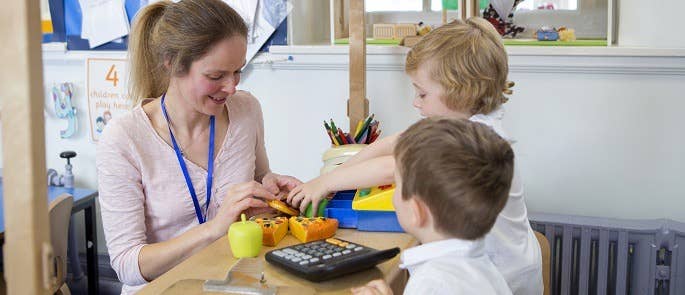
SpLDs are common – with some affecting up to 10% of the population. Where they receive little or no support at home and/or in school, children with SpLDs can be left feeling isolated, emotional, and confused. However, with the right knowledge, support, and understanding, children with SpLDs can learn to manage and celebrate their differences.
Further Resources:
- SEND in the Mainstream Classroom Training
- How to Support a Child With Dyscalculia in the Classroom
- Supporting Speech Language and Communication Needs
- How Does Dyspraxia Affect Adults?
- 8 Useful Apps to Help with Dyslexia
- Special Educational Needs & Disability (SEND) Quiz
- How to Support Individuals with Learning Disabilities
- Sensory Needs in the Classroom


